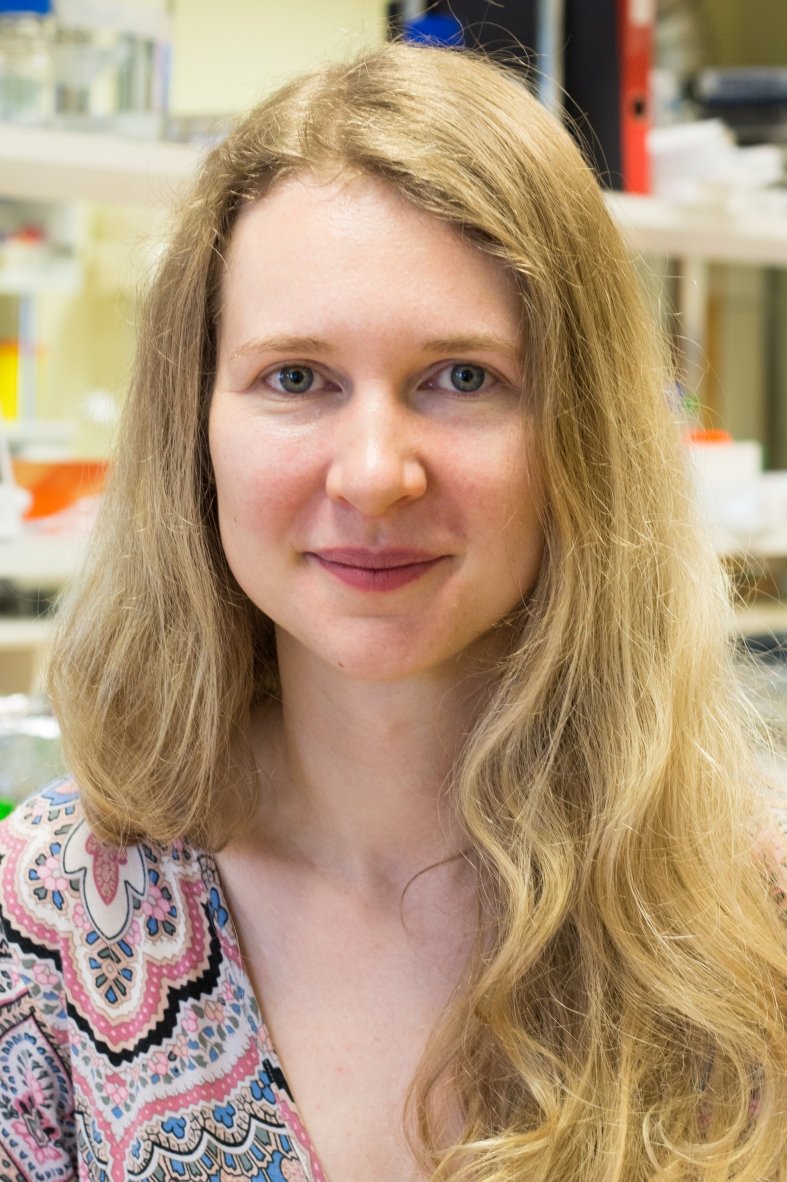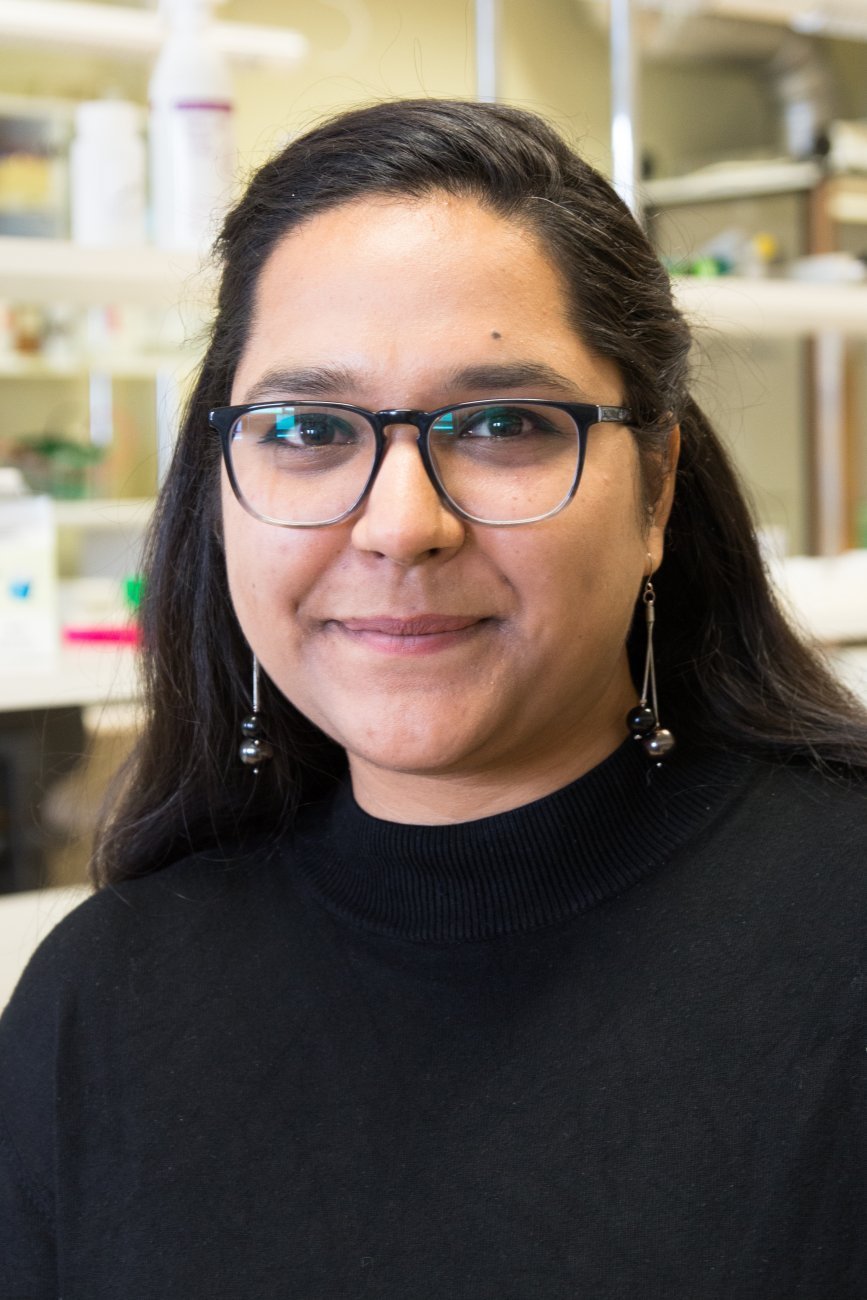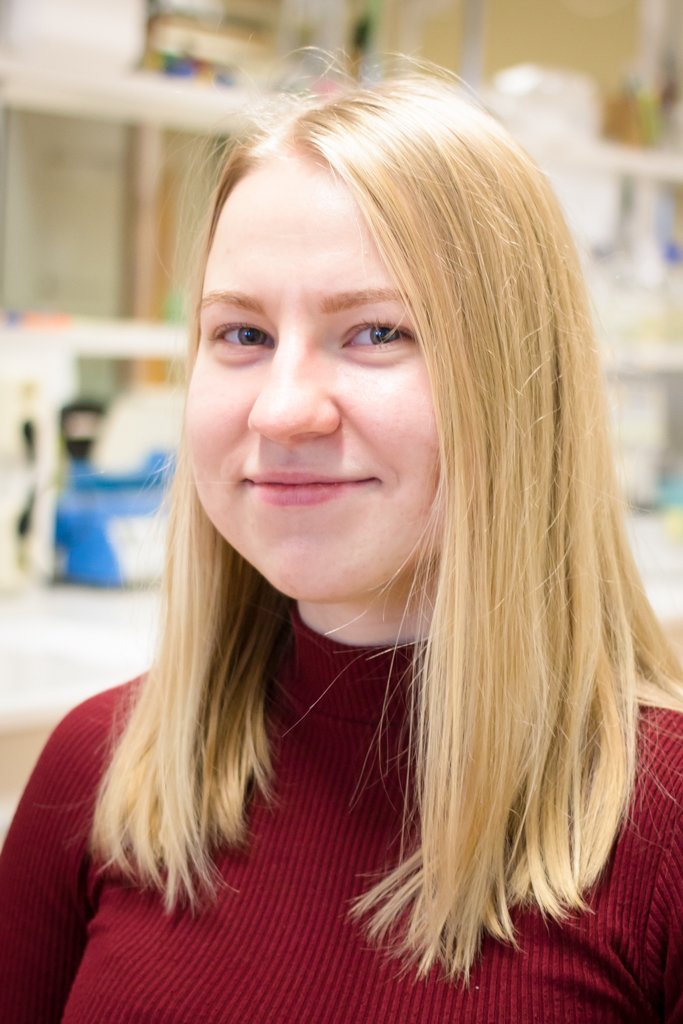Microbe & material interactions research group
We have been studying the efficacy and mode of action of antimicrobial materials and coatings in cooperation with material scientists since 2015. The first project of the group that concerned antimicrobial materials ("In vitro toxicological tool-box for targeted design of antimicrobial nanomaterials”) aimed at finding of a set of effective microbicidal nanomaterials with minimal human hazard. The selected nanomaterials have a potential to be incorporated into a plastic matrix, or a polymer matrix, to be used as antimicrobial surface coatings. The results of this project were summarized in a popular science story.
Further development of antimicrobial coatings was carried out within two applied grants. In project “Novel antimicrobial surface coatings” we tested suitable matrices to which antimicrobial nanomaterials could be incorporated and another project “Development of antimicrobial surface coatings tested in real-life conditions into pilot production phase” focused on the development of matrices with an antimicrobial component to the production phase.
In addition to the development of antimicrobial materials and surfaces and their efficiacy testing we are also interested in studying the mechanisms of action of those materials as well as stress responses induced in bacterial cell.
Starting from 2020 the group has been involved in a project “Universal treatment method for antiviral protection of hard to clean surfaces” that focuses on antiviral materials and surfaces.
From 2021, the group is continuing its work towards the development of efficient and safe antimicrobial coatings in Horizon Europe project “Surface transfer of pathogens“. On the other hand, within the project “Bacterial Stress Responses and Physiological Adaptation on Antimicrobial Surfaces and Their Role in the Development of Antibiotic Resistance”, the group is studying bacterial stress responses and persistence on antimicrobial surfaces.
The research group has a long-standing collaboration with the Laboratory of X-Ray Spectroscopy of the Institute of Physics of University of Tartu on material synthesis and characterization.
Header design: Aleksandr Käkinen
Vihodceva, Svetlana; Šutka, Andris; Iesalnieks, Mariris; Orlova, Liga; Pludonis, Arturs; Otsus, Maarja; Sihtmäe, Mariliis; Vija, Heiki; Nefedova, Alexandra; Ivask, Angela; Kahru, Anne; Kasemets, Kaja (2025) Emerging investigator series: CeO2/CuO nanostructured composite with enhanced antimicrobial properties and low cytotoxicity to human keratinocytes in vitro. Environmental Science Nano, 12 (1), 276−291. https://doi.org/10.1039/D4EN00501E
Greijer, Bjorn; Nefedova, Alexandra; Agback, Tatiana; Agback, Peter; Kisand, Vambola; Rausalu, Kai; Vanetsev, Alexander; Seisenbaeva, Gulaim A.; Ivask, Angela; Kessler, Vadim G. (2025) Nanoscale, 17 (7), 3728−3738. https://doi.org/10.1039/D4NR03730H
Rosenberg, Merilin; Park, Sandra; Umerov, Sigrit; Ivask, Angela (2025) Experimental evolution of Escherichia coli on semi-dry silver, copper, stainless steel, and glass surfaces. Microbiology Spectrum, e0217324. https://doi.org/10.1128/spectrum.02173-24
Lee, Mihyun; Wiesli, Luzia; Schreiber, Frank; Ivask, Angela; Ren, Qun (2025). Quantitative Assessment of Microbial Transmission onto Environmental Surfaces Using Thermoresponsive Gelatin Hydrogels as a Finger Mimetic under In Situ-Mimicking Conditions. Advanced Healthcare Materials, 2403790. https://doi.org/10.1002/adhm.202403790
Polivtseva, Svetlana; Volobujeva, Olga; Kuznietsov, Ivan; Kaupmees, Reelika; Danilson, Mati; Krustok, Jüri; Molaiyan, Palanivel; Hu, Tao; Lassi, Ulla; Klopov, Mihhail; van Gog, Heleen; van Huis, Marijn; Kaur, Harleen; Ivask, Angela; Rosenberg, Merilin; Gathergood, Nicholas; Ni, Chaoying; Grossberg-Kuusk, Maarja (2024). Efficient defect-driven cation exchange beyond the nanoscale semiconductors toward antibacterial functionalization. ACS Applied Materials & Interfaces. https://doi.org/10.1021/acsami.4c11425
Vihodceva, Svetlana; Šutka, Andris; Iesalnieks, Mariris; Orlova, Liga; Pludonis, Arturs; Otsus, Maarja; Sihtmäe, Mariliis; Vija, Heiki; Nefedova, Alexandra; Ivask, Angela; Kahru, Anne; Kasemets, Kaja (2024). CeO2/CuO nanostructured composite with enhanced antimicrobial properties and low cytotoxicity to human keratinocytes in vitro. Environmental Science Nano. https://doi.org/10.1039/d4en00501e
Mohan, Mahendra K.; Kaur, Harleen; Rosenberg, Merilin; Duvanova, Ella; Lukk, Tiit; Ivask, Angela; Karpichev, Yevgen (2024). Synthesis and Antibacterial Properties of Novel Quaternary Ammonium Lignins. ACS Omega, 9 (37), 39134−39145. https://doi.org/10.1021/acsomega.4c06000
Colomina-Alfaro, Laura; Sist, Paola; Ivask, Angela; Raid, Brenda; Ainelo, Hanna; Shaalan, Abeer; Di Silvio, Lucy; Urbani, Ranieri; Stamboulis, Artemis; Bandiera, Antonella (2024). Comparison of the activity of two elastin-like recombinant carriers fused to the antimicrobial peptide indolicidin. International Journal of Biological Macromolecules, 283 (1), 137682. https://doi.org/10.1016/j.ijbiomac.2024.137682
Kook, Mati; Kaur, Harleen; Danilian, Dmytro; Rosenberg, Merilin; Kisand, Vambola; Ivask, Angela (2024). Durability of photocatalytic ZnO-based surface coatings and preservation of their antibacterial effect after simulated wear. Journal of Coatings Technology and Research. https://doi.org/10.1007/s11998-023-00868-2
Nefedova, Alexandra; Svensson, Fredric G; Vanetsev, Alexander S; Agback, Peter; Agback, Tatiana; Gohil, Suresh; Kloo, Lars; Tätte, Tanel; Ivask, Angela; Seisenbaeva, Gulaim A; Kessler, Vadim G (2024). Molecular Mechanisms in Metal Oxide Nanoparticle-Tryptophan Interactions. Inorganic Chemistry, 63 (19), 8556−8566. http://dx.doi.org/10.1021/acs.inorgchem.3c03674
Danilian, Dmytro; Bundruck, Franziska Maria; Kikas, Arvo; Kaambre, Tanel; Mandar, Hugo; Lehner, Sandro; Gogos, Alexander; Kozlova, Jekaterina; Kook, Mati; Kiisk, Valter; Link, Joosep; Stern, Raivo; Ivask, Angela; Kisand, Vambola; Parna, Rainer (2024). Reusable magnetic mixture of CuFe2O4-Fe2O3 and TiO2 for photocatalytic degradation of pesticides in water. RSC Advances, 14 (18), 12337−12348. http://dx.doi.org/10.1039/d4ra00094c
Nefedova, A., Rausalu, K., Zusinaite, E., Kisand, V., Kook, M., Smits, K., Vanetsev, A., Ivask, A. (2023) Antiviral efficacy of nanomaterial-treated textiles in real-life like exposure conditions. Heliyon. 9(9):e20067. https://doi.org/10.1016/j.heliyon.2023.e20067
Kaur, H., Rosenberg, M., Kook, M., Danilian, D., Kisand, V., Ivask, A. (2023) Antibacterial activity of solid surfaces is critically dependent on relative humidity, inoculum volume and organic soiling. bioRxiv 2023.03.28.534510; https://doi.org/10.1101/2023.03.28.534510.
Ivask, A., Ahonen, M., Kogermann, K. (2022) Antimicrobial Nano Coatings. Nanomaterials 12(23), 4338. http://dx.doi.org/10.3390/nano12234338.
Qiao, R., Mortimer, M., Richter, J., Rani-Borges, B., Yu, Z., Heinlaan, M., Lin, S., Ivask, A. (2022). Hazard of polystyrene micro-and nanospheres to selected aquatic and terrestrial organisms. Science of The Total Environment, 158560. http://dx.doi.org/10.1016/j.scitotenv.2022.158560.
Rani-Borges, B., Meitern, R., Teesalu, P., Raudna-Kristoffersen, M., Kreitsberg, R., Heinlaan, M., Tuvikene, A., Ivask, A. (2022) Effects of environmentally relevant concentrations of microplastics on amphipods. Chemosphere, 309P1, 136599. http://dx.doi.org/10.1016/j.chemosphere.2022.136599.
Nefedova, A., Rausalu, K., Zusinaite, E., Vanetsev, A., Rosenberg, M., Koppel, K., Lilla, S., Visnapuu, M., Smits, K., Kisand, V., Tätte, T., Ivask., A. (2022) Antiviral efficacy of cerium oxide nanoparticles. Scientific Reports, 12 (18746). http://dx.doi.org/10.1038/s41598-022-23465-6.
Kisand, V., Visnapuu, M., Rosenberg, M., Danilian, D., Vlassov, S., Kook, M., Lange, S., Pärna, R., Ivask, A. (2022) Antimicrobial Activity of Commercial Photocatalytic SaniTise™ Window Glass. Catalysts, 12 (2), 197. http://dx.doi.org/10.3390/catal12020197
- Kuku radio „Kukkuv Õun“: University of Tartu Professor of Genetics Angela Ivask speaks about RAKERA (The research infrastructure on experimental studies and applications of cellular processes)
- Kanal 2 „Ja nii ongi!“: Coverage on projects funded by thematic research and development programs (TemTA)
- Kuku radio „Behind the six pillars“: What are nanomaterials?"
- " Scientists about sustainable development: what color is the future?" (18.11.2022, starting from 11:40, conference presentation on Worksup platform)
- Novaator: Testing of antimicrobial surfaces remains dangerously unrealistic
- Pealtnägija: A top laboratory suitable for coronavirus research has been empty in Estonia for years
- Nutikas: Siret Rutiku and Angela Ivask. Coronavirus research
- Intervjuu: A virus inhibition study
- Forte: Tartu scientists are going to kill corona with silver?
- Novaator: From mobile robot to plasma: Estonian scientists are looking for cure for corona on several fronts
- Tervis Pluss: Metal surfaces that kill germs help fight viruses
- Tartu Ülikooli koroonakonverents: Intelligent Adaptation to the Coronavirus
- Novaator: White cells help people tolerate the toxicity of nanosilver
Surface Transfer of Pathogens
01.09.2022–31.08.2026
Financing: 399 950 EUR
Principal investigator: Angela Ivask
Number: 101057961
Financier: European Commission
Institution: University of Tartu, Faculty of Science and Technology, Institute of Molecular and Cell Biology
Bacterial Stress Responses and Physiological Adaptation on Antimicrobial Surfaces and Their Role in the Development of Antibiotic Resistance
01.01.2022–31.12.2026
Financing: 487 625 EUR
Principal investigator: Angela Ivask
Number: PRG1496
Financier: Estonian Research Council
Institution: University of Tartu, Faculty of Science and Technology, Institute of Molecular and Cell Biology
Antimicrobial synergy-driven surface coatings - innovative solutions in healthcare environment
Duration: 01.01.2024 – 31.12.2028
Financier: Estonian Research Council
Applicant: National Institute of Chemical Physics and Biophysics
Partner: University of Tartu (Institute of Physics, Institute of Molecular and Cell Biology, Professor of Genetics Angela Ivask)
News on the webpage of the institute.
Twinning on Functional Antimicrobial Surfaces Testing and Evaluation for Real-world Performance and Sustainability
Duration: 01.09.2024–31.08.2027
Financing: 941957 EUR
Principal investigator: Angela Ivask
Number: 101159721
Financier: European Commission
Institution: University of Tartu, Faculty of Science and Technology, Institute of Molecular and Cell Biology
News on the webpage of the institute.
Optimization of a touch-transfer test for evaluation of antimicronial activity;
Bacterial evlolution during antimicrobial stress conditions;
Antimicrobial compound-induced bacterial stress responses;
Horizontal gene transfer in bacteria during antimicrobial stress conditions;
Sensitivity of clinically relevant strains to antimicrobial compouds
Group members:
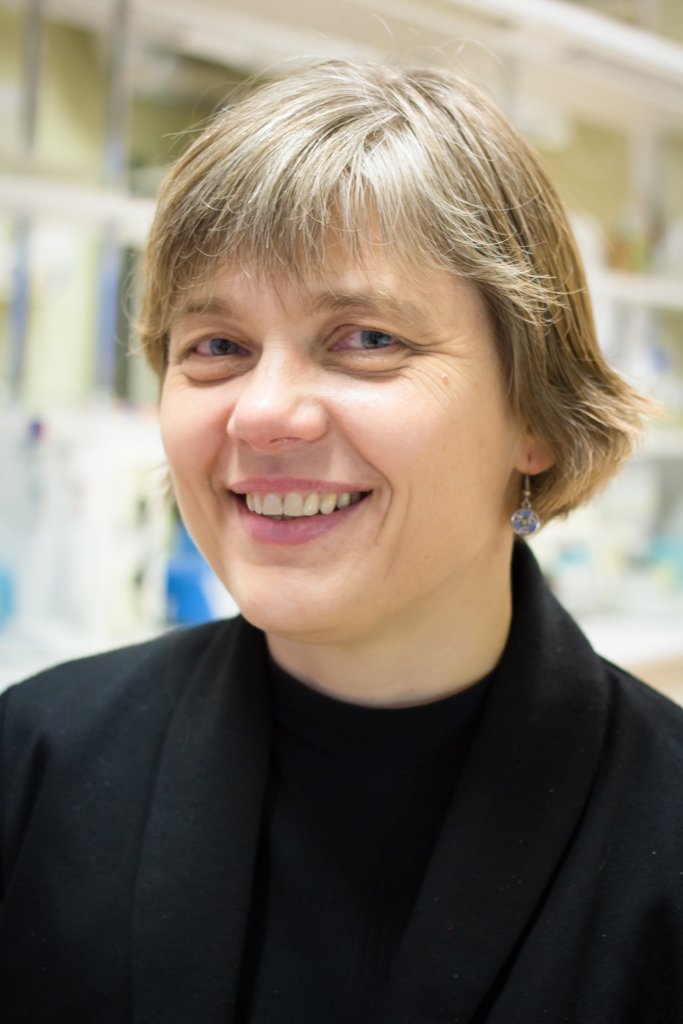
Professor of Genetics
Room 101, Riia 23, Tartu, 51010, Estonia
Phone: +372 737 5020 ; +372 5398298
Email: angela.ivask@ut.ee
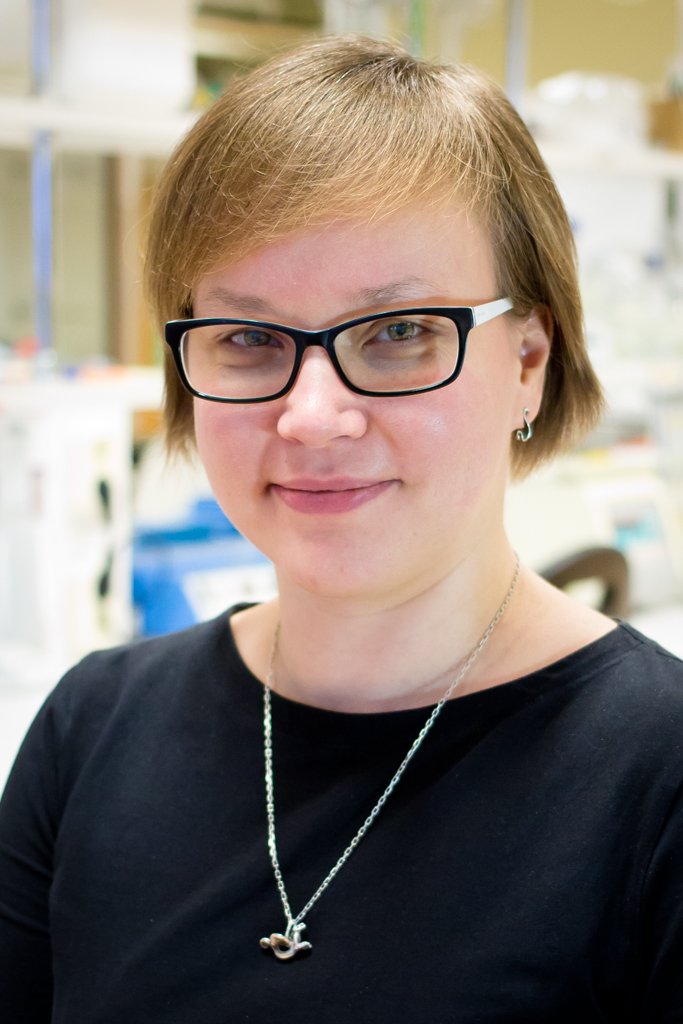
Research Fellow
Room 304, Riia 23, Tartu, 51010, Estonia
Phone: +372 5268384
Email: merilin.rosenberg@ut.ee
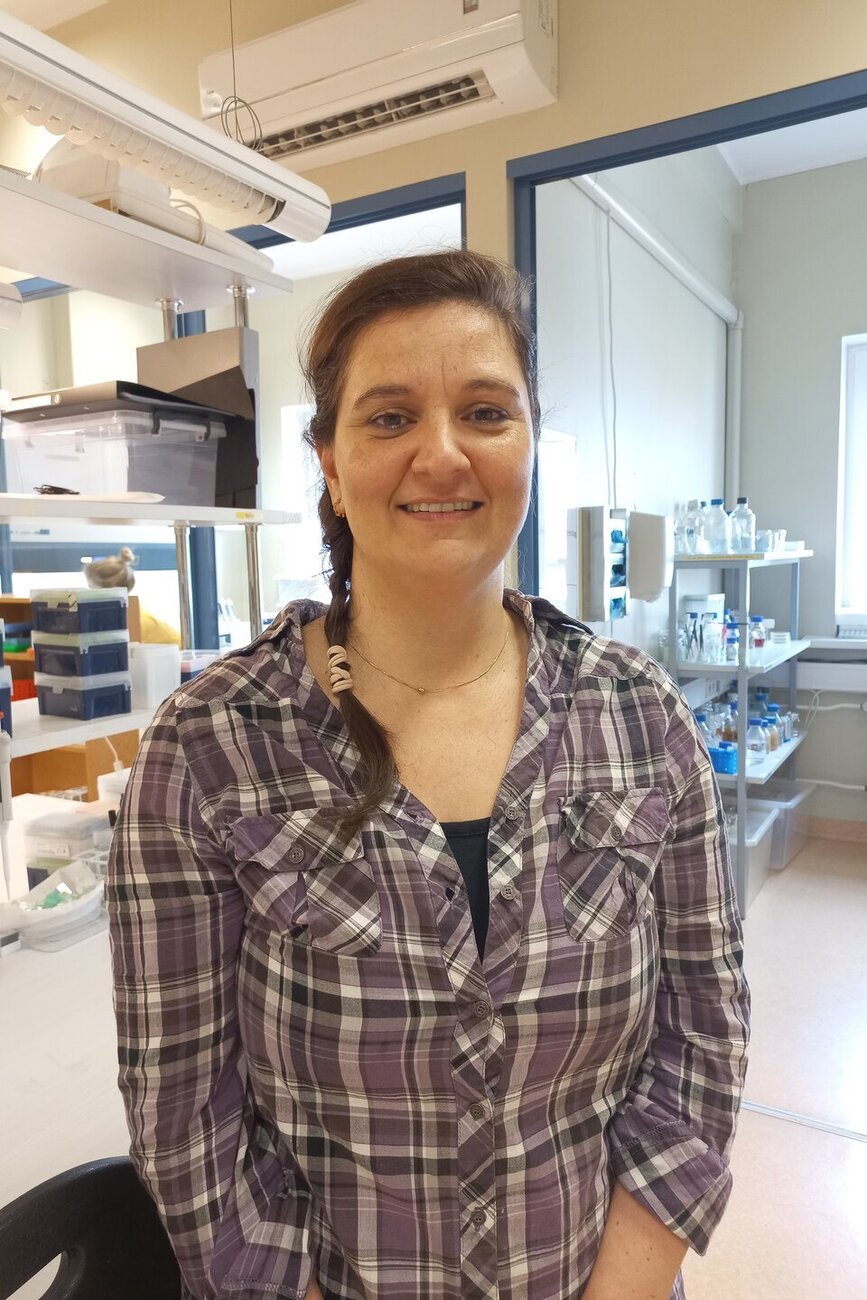
Cristina Durante Cruz
Research Scientist
Room 301, Riia 23, Tartu, 51010, Estonia
Email: cristina.durante.cruz@ut.ee

Sigrit Umerov
MSc student
Room 304, Riia 23, Tartu, 51010, Estonia
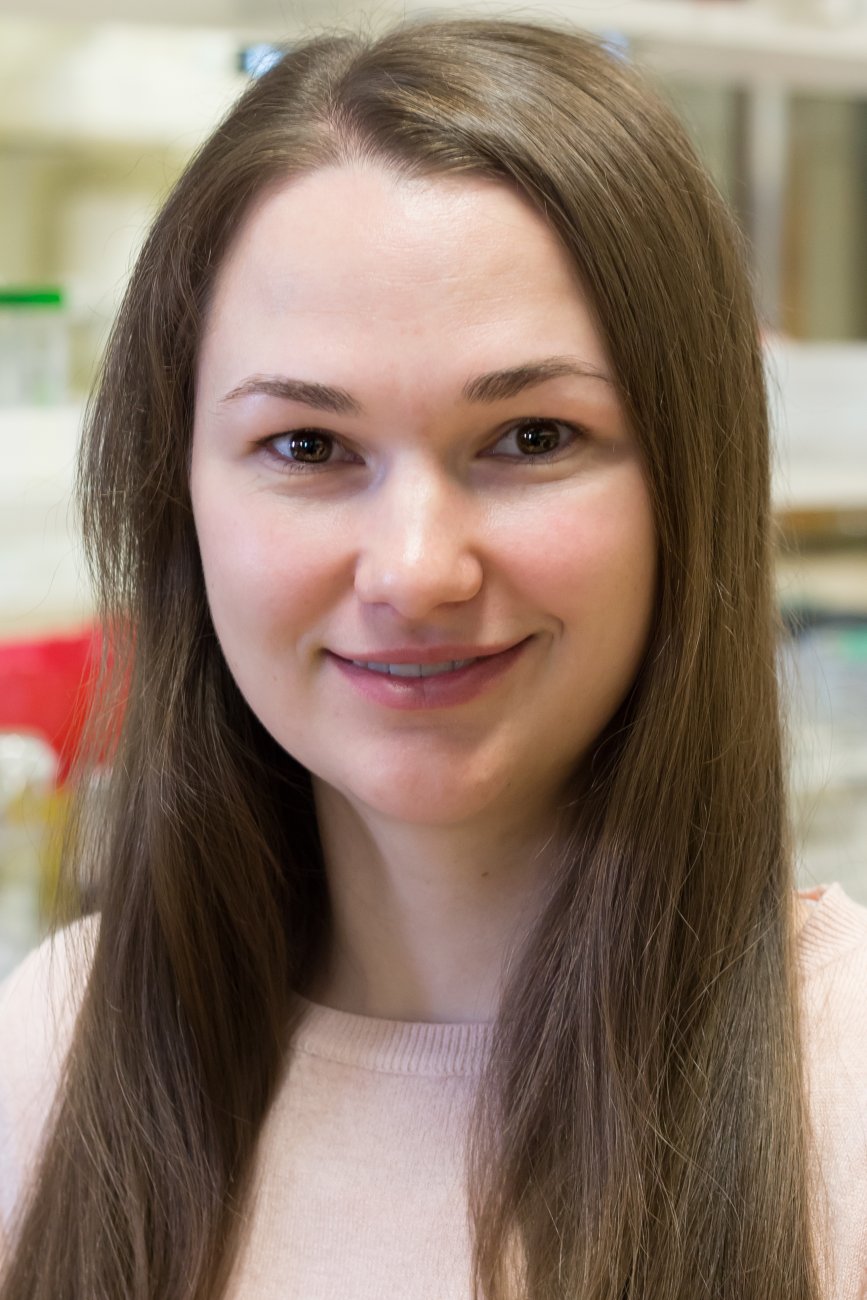
Brenda Raid
Laboratory technician
Room 301, Riia 23, Tartu, 51010, Estonia
Phone: +372 737 5020
Email: brenda.raid@ut.ee
Celeste Peterson
Laboratory specialist
Room 301, Riia 23, Tartu, 51010, Estonia
Phone: +372 737 5020
Email: celeste.peterson@ut.ee
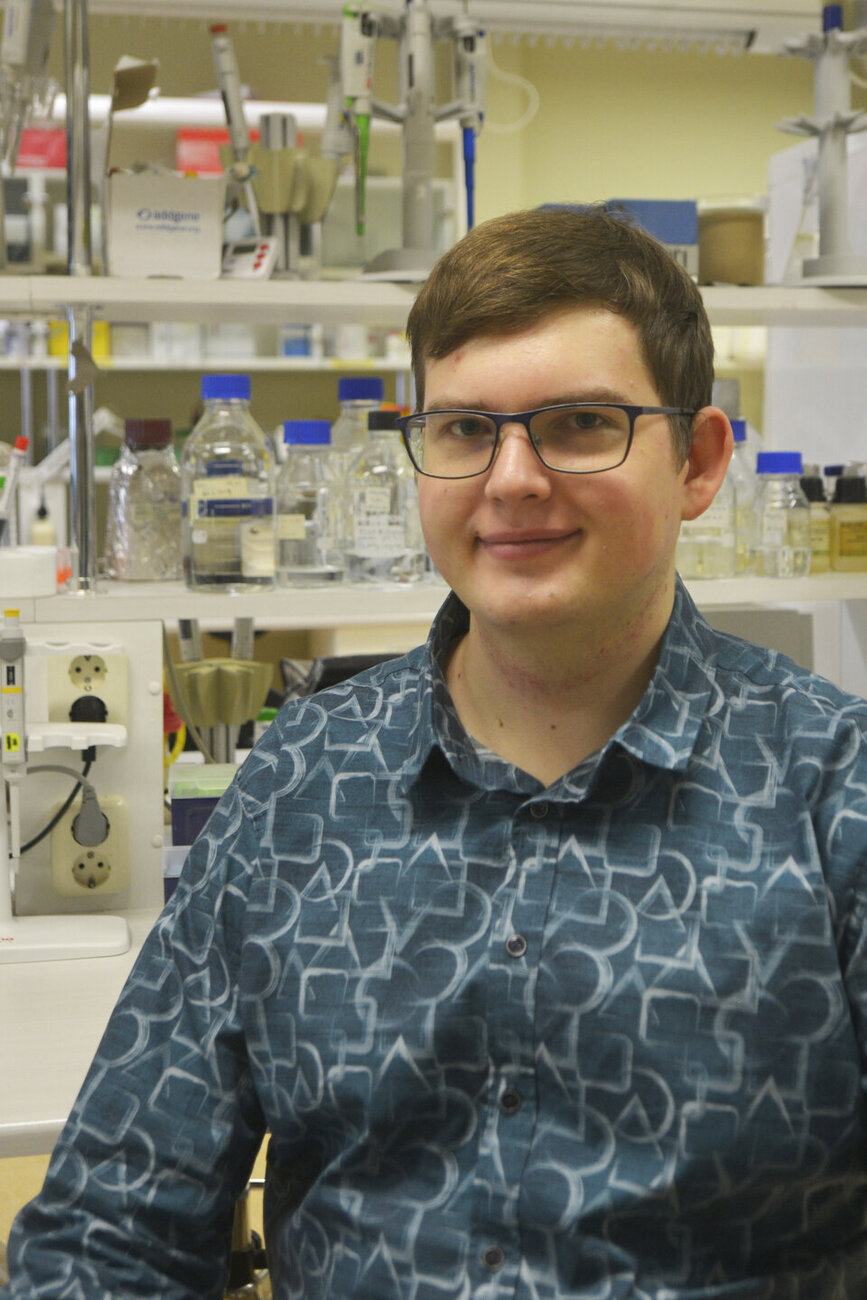
Andre Lumi
BSc student

Laman Mehraliyeva
BSc student

Carmen Marianne Teär
BSc student
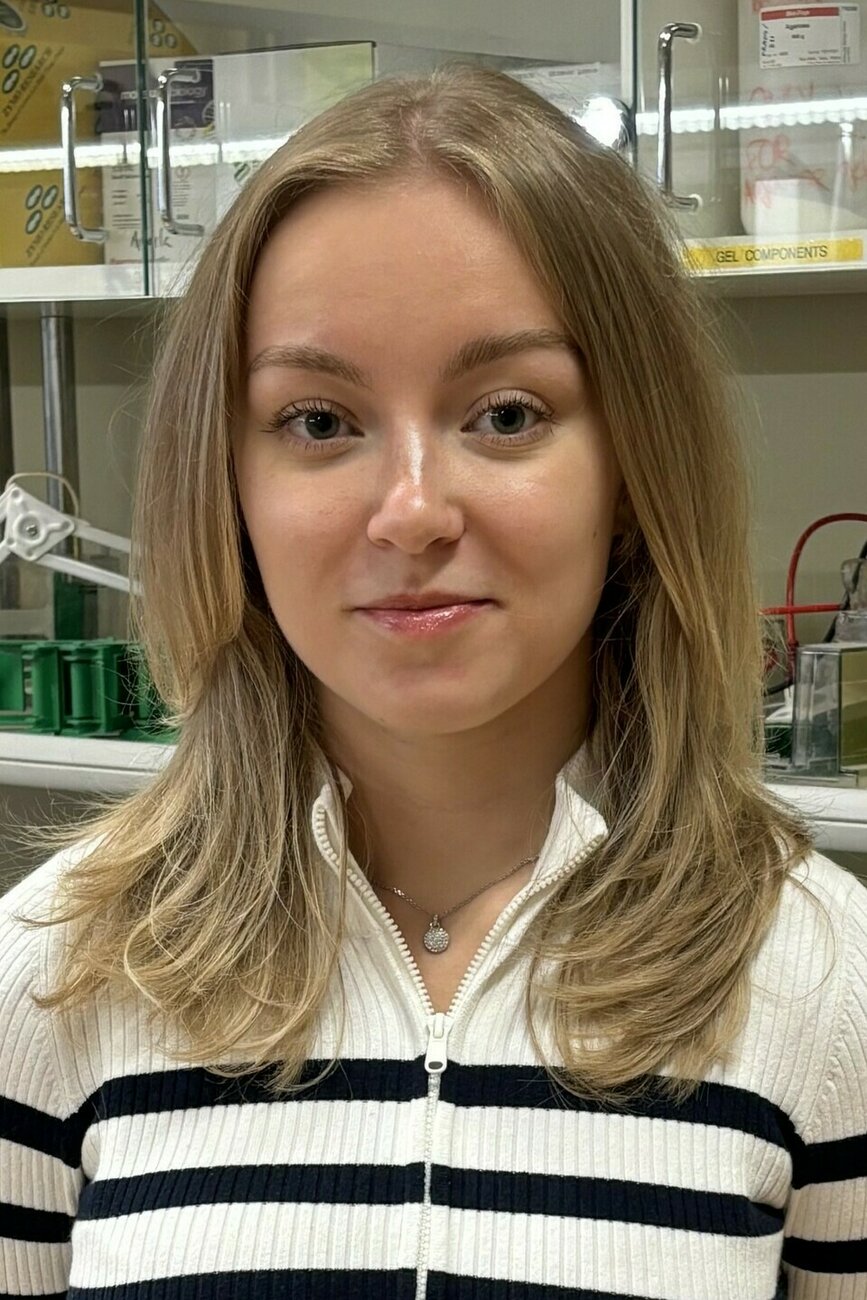
Karola Jõearu
BSc student
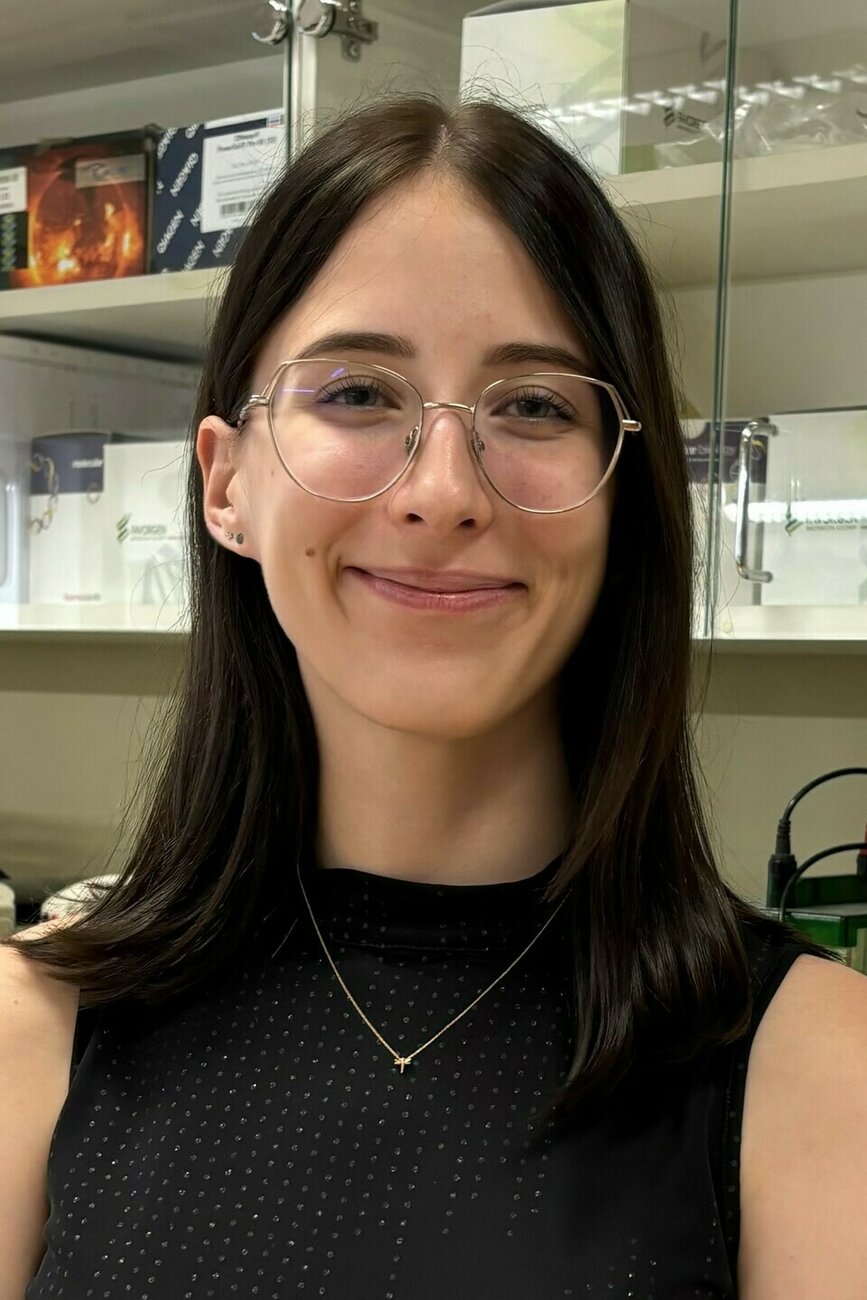
Laura Maria Pella
BSc student
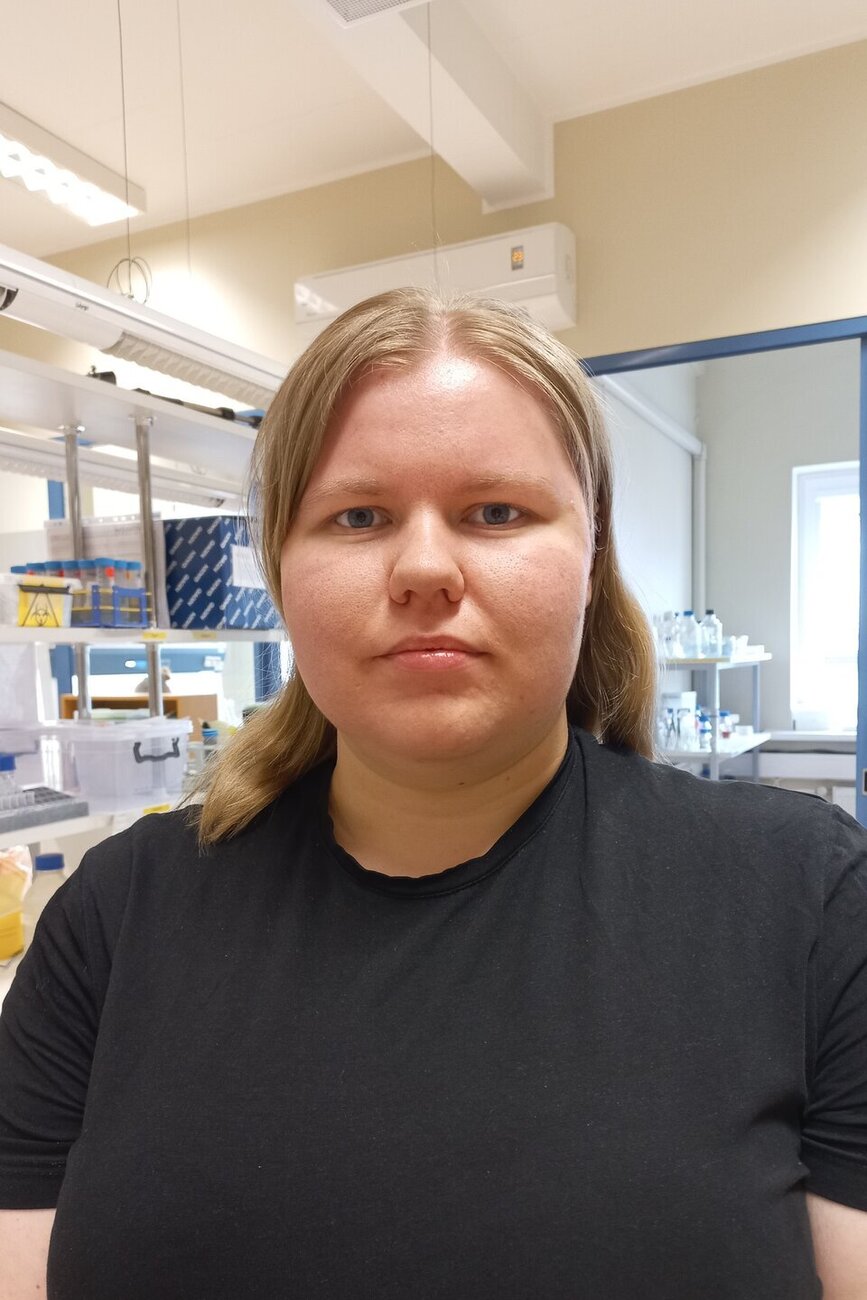
Birgit Valge
BSc student
Image
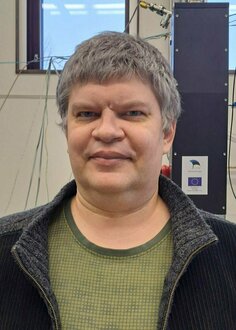
| Vambola Kisand, PhD |
|
Image
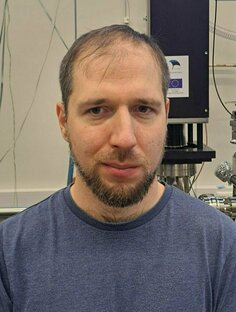
| Mati Kook |
|
Image

| Alexandra Nefedova |
|
Image
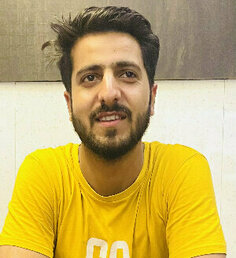
| Aadil Shafi Bhat |
|
Image
| Leonid Dolgov, PhD associate professor of spectroscopy and sensorics |
Image

| Jan Lukas Hobrock, exchange student (2022) |
|
Image

| Levi Tomitsik, BSc (2023) |
|
Image
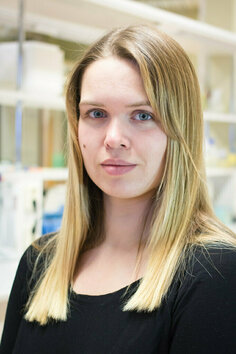
| Kairi Koppel, PhD student |



